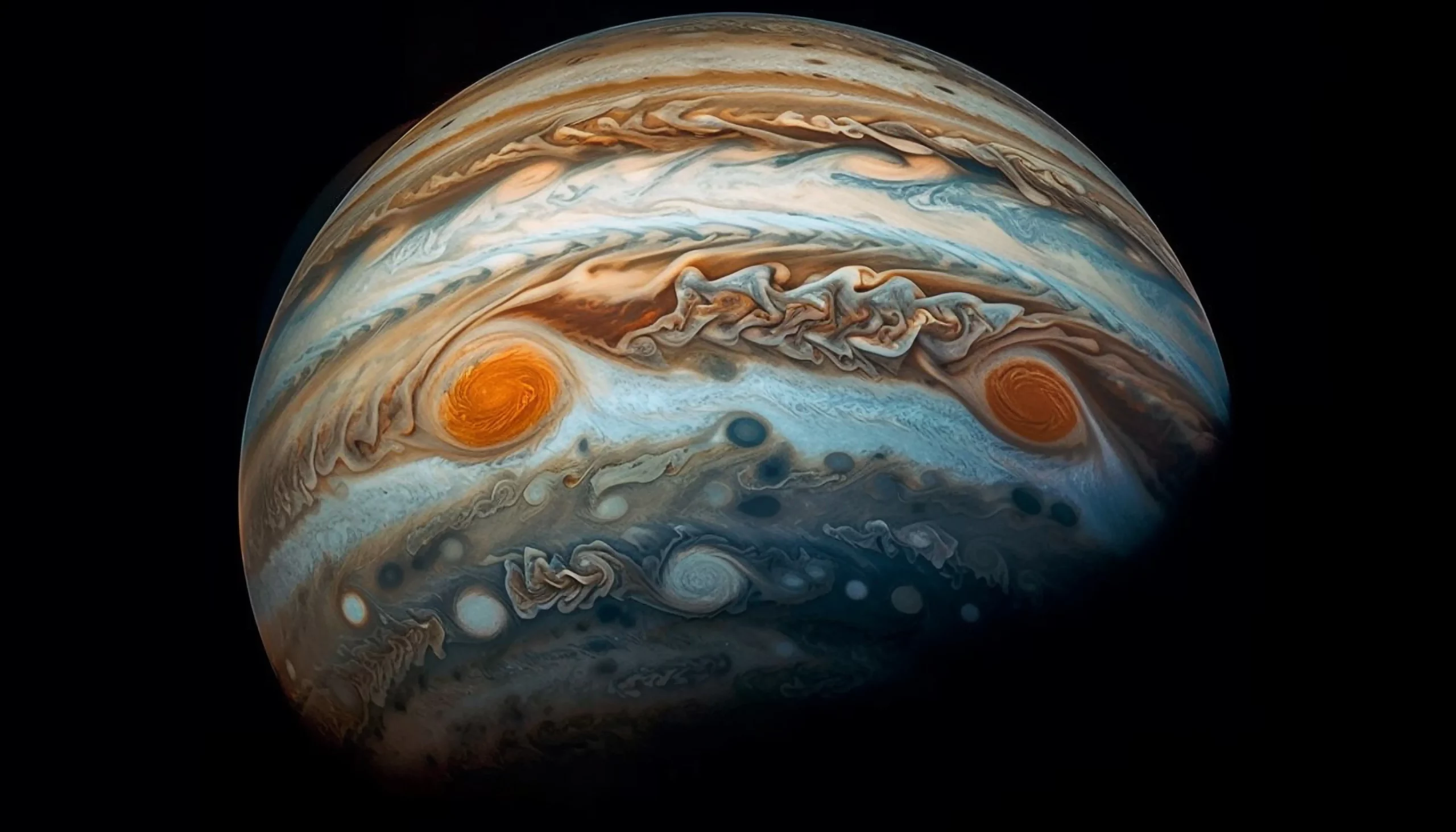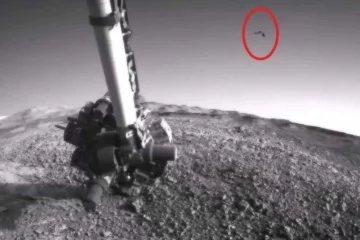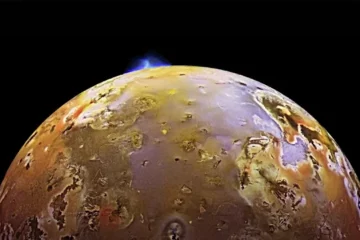Jupiter’s Great Red Spot: Centuries-Old Mystery on the Largest Planet

If there’s a place in the solar system that could be considered the epicenter of cosmic wonder, it’s undoubtedly the gas giant known as Jupiter. This celestial behemoth, the largest of all planets, has fascinated astronomers and scientists for centuries. Yet, within the intriguing vastness of Jupiter, there’s a phenomenon that stands out as a deep and unsettling enigma: the Great Red Spot.
Origin of the Great Red Spot
In ancient times, when telescopes were but a dream in the minds of astronomers, Jupiter’s Great Red Spot was a mystery that defied explanation. Early skywatchers described it as a prominent red spot on the planet, sparking wild speculations and theories. Some attributed it to the whims of the gods, while others believed it to be a manifestation of the supernatural.
Over time, the Great Red Spot ceased to be seen as divine punishment or a sign from beyond, but its true origin still remains one of the deepest mysteries of the universe.
Nature and Size

The Great Red Spot is, essentially, an enormous storm in Jupiter’s atmosphere. But this storm is of dimensions that defy our understanding. It spans an area equivalent to three times the diameter of Earth and has been active for at least 350 years. Yes, you read that right—three and a half centuries of uninterrupted activity!
Its distinctive red color is the result of chemical compounds forming in Jupiter’s upper atmosphere due to solar radiation. This is one of the many peculiarities of this awe-inspiring feature.
Exploration of Jupiter
Fortunately, in the modern era of space exploration, we’ve had the opportunity to get close to Jupiter and unveil some of the mysteries of the Great Red Spot. Several missions have studied this gas giant, but none as influential as NASA’s Juno spacecraft.
The Juno spacecraft arrived at Jupiter in July 2016 and has been orbiting the planet ever since. Equipped with cutting-edge instruments, Juno has provided crucial data about Jupiter’s atmosphere and, of course, the Great Red Spot.
One of Juno’s most fascinating discoveries is that the Great Red Spot extends far below the visible surface, to depths that challenge our understanding of atmospheric patterns on gas giants. Its chemical composition has also been studied, revealing the complexity of the atmospheric processes at play.
Unsolved Mysteries
Despite all technological advances and the data collected, the Great Red Spot remains a mystery in many aspects. One of the most notorious mysteries is its changing shape. Over the years, it has varied in size and form seemingly unpredictably.
Why does this happen? Scientists still don’t have a definitive answer, but they believe that complex interactions between Jupiter’s atmospheric currents and solar radiation may be playing a significant role in this phenomenon.
So, why should we care so much about Jupiter’s Great Red Spot? What significance does it hold beyond its beauty and mystery?
The answer lies in the fact that Jupiter, as the largest planet in our solar system, is a fundamental testing ground for understanding the dynamics of gas giant planets. The Great Red Spot is an extreme example of the processes at work in Jupiter’s atmosphere, and studying it sheds light on similar phenomena on other worlds.
Moreover, gas giant planets like Jupiter are common in the universe, and understanding their behavior is essential for gaining a better understanding of the formation and evolution of planetary systems overall.
Conclusion
In summary, Jupiter’s Great Red Spot is a centuries-old mystery that has baffled humanity since time immemorial. Despite advances in technology and space exploration, it remains an unsolved enigma in many aspects. However, thanks to missions like NASA’s Juno, we are closer than ever to unraveling its secrets.
This phenomenon is not only a visual marvel in the cosmos but also a key piece in the puzzle of planetary science. Its study sheds light on Jupiter’s atmosphere and, by extension, our understanding of gas giant planets in our solar system and beyond.
So, the next time you gaze at the night sky and see Jupiter shining in all its glory, remember that it conceals within it a centuries-old mystery that challenges our understanding and, through space exploration, we are taking steps towards its resolution.
Frequently Asked Questions
What is the origin of Jupiter’s Great Red Spot?
The Great Red Spot of Jupiter is a giant storm in the planet’s atmosphere. Its exact origin is still a mystery, but it is believed to be related to complex atmospheric interactions and solar radiation.
Why is it important to study the Great Red Spot?
Studying the Great Red Spot is crucial for understanding the dynamics of gas giant planets like Jupiter. It also provides key insights into atmospheric processes on other planets and planetary systems in the universe.
What has the Juno spacecraft discovered about the Great Red Spot?
NASA’s Juno spacecraft has revealed fascinating details about the Great Red Spot, including its chemical composition and the extent of the storm beneath the visible surface. It has also provided data on the spot’s changing shape over time.
Reference: Jupiter’s Great Red Spot: A Swirling Mystery


